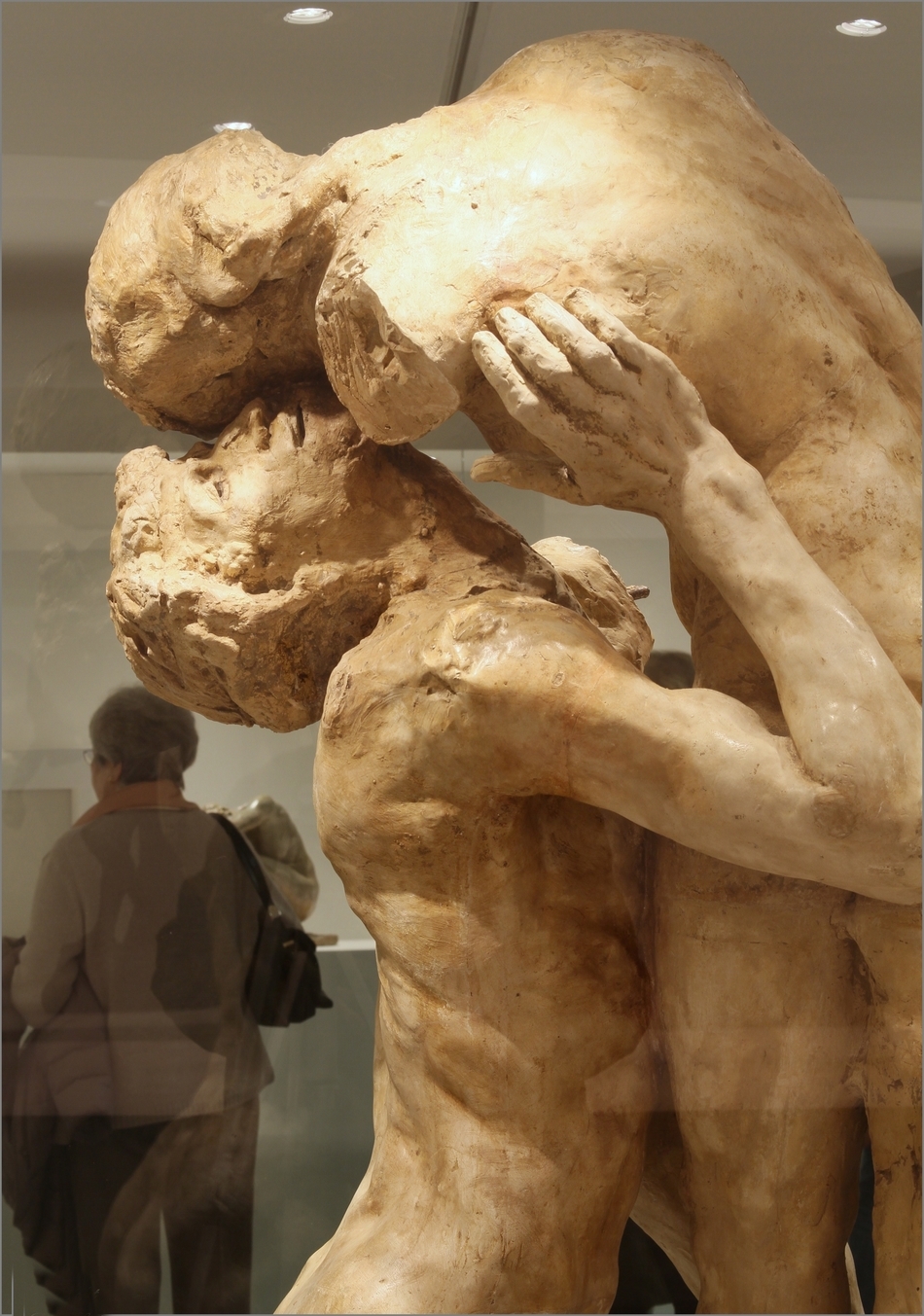Ivan Gregorewitch Olinsky was a Russian-American painter and art instructor.
Olinsky was born in Elizabethgrad, Russia (now Kirovohrad, Ukraine).
After immigrating to the United States at the age of twelve he studied at the National Academy of Design, then worked for the American muralist George Willoughby Maynard, then for Elmer Garnsey, then for John La Farge in Boston until about 1906.
Olinsky became best known for his female portraits in a style that tended towards Impressionism.
Olinsky was awarded full membership in the National Academy of Design in 1919, and served as an longtime instructor at the Art Students League of New York in Manhattan, New York City.
By 1942 he was living in New London, Connecticut. He died on 11 February 1962. | © Wikipedia
Ivan Gregorewitch Olinsky è stato un pittore ed istruttore d'arte Russo-Americano.
Olinsky è nato a Elizabethgrad, in Russia (ora Kirovohrad, Ucraina).
Dopo essere emigrato negli Stati Uniti all'età di dodici anni, ha studiato alla National Academy of Design, poi ha lavorato per il muralista americano George Willoughby Maynard, poi per Elmer Garnsey, poi per John La Farge a Boston fino al 1906 circa.
Olinsky divenne famoso per i suoi ritratti femminili in uno stile che tendeva all'impressionismo.
É stato premiato come membro della National Academy of Design nel 1919, e ha lavorato come istruttore di lunga data presso la Art Students League di New York a Manhattan, New York City.
Nel 1942 viveva a New London, nel Connecticut. Muore l'11 febbraio 1962.

.jpg)


































.jpg)













